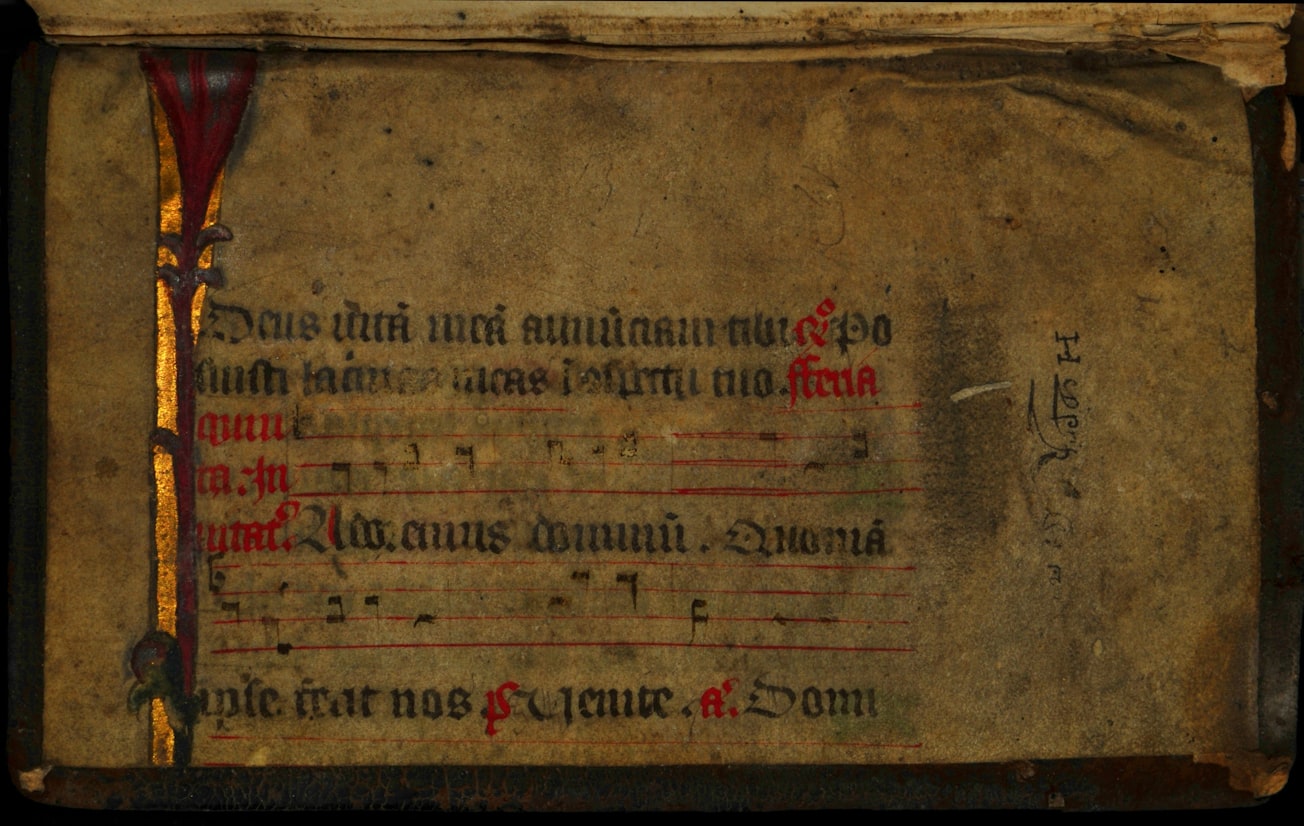What is it about?
In dit artikel staat de productie van religieuze boeken in of nabij Zwolle, Overijssel, in de late middeleeuwen centraal. Met twee oude handschriften uit de omgeving van de Moderne Devotie blijkt iets bijzonders aan de hand te zijn: ze zijn namelijk deels vervaardigd door dezelfde kopiistes. Vermoedelijk waren dit zusters in een van de vele modern devote gemeenschappen die Oost-Nederland rond het jaar 1500 rijk was, mogelijk in de stad Zwolle. Daarmee bieden deze handschriften zowel een uniek inkijkje in de manier van werken van middeleeuwse kopiistes als meer inzicht in het aandeel van vrouwen in de laatmiddeleeuwse boekproductie. De handschriften in kwestie zijn momenteel in bewaring bij het Historisch Centrum Overijssel, Collectie Emmanuelshuizen en bij de Staatsbibliotheek te Berlijn. Het gaat om een verzameling Middelnederlandse liederen (Berlijn, Staatsbibliothek zu Berlin – Preussischer Kulturbesitz mgo 185) en om een zogenoemd rapiarium of persoonlijk notitieboekje waarin diverse vrome teksten bijeen zijn gebracht (Zwolle, Historisch Centrum Overijssel, Collectie Emmanuelshuizen 13). Hoewel onderzoekers er al vaker op hebben gewezen dat liedverzamelingen en rapiaria mogelijk op vergelijkbare wijze werden samengesteld en geproduceerd, zijn dergelijke veronderstellingen nooit onderzocht. Een grondige vergelijking tussen deze twee handschriften wijst nu uit dat beide soorten manuscripten minder op elkaar lijken dan in eerste instantie werd gedacht.
Featured Image

Photo by Boudewijn Huysmans on Unsplash
Why is it important?
Deze handschriften bieden een uniek inkijkje in de manier van werken van middeleeuwse kopiistes en meer inzicht in het aandeel van vrouwen in de laatmiddeleeuwse boekproductie, met name in de oostelijke Nederlanden en in de invloedssfeer van de moderne devotie.
Read the Original
This page is a summary of: Scribal Collaboration and Gender in a Middle Dutch Song Manuscript and a Rapiarium of the Devotio Moderna, Church History and Religious Culture, December 2022, Brill,
DOI: 10.1163/18712428-bja10043.
You can read the full text:
Resources
Singing Together Alone: Dynamics Between Individual and Community in Middle Dutch Religious Song Collections
Scholars of late medieval religious practice have focused on the expression of personal devotion and on the use of individualized devotional texts and books. Particularly manuscript collections of Middle Dutch religious song are thought to have been used in personalized devotional practices of individuals, even though previous research generally did not include codicological analysis. Using both codicological research and textual analysis of twelve Middle Dutch religious song manuscripts and their contents (ca. 1470–1550), this article demonstrates that these sources contain indications for both individual use and for use in group activities.
Authorial and Editorial Roles in Song Manuscripts of the Devotio Moderna
This essay sets out a model which identifies eight distinct authorial and editorial roles in the transformation of oral sermons towritten collections in multi-text codices. This model is then applied to a different genre: collections of songs from the same background, the Devotio Moderna. The main differences and similarities between sermons and devotional songs are discussed in relation to the position of their authors, their generic characteristics and the needs of the manuscript users. The model turns out to be a strong heuristic tool for systematically reflecting on the genesis of multi-text codices. It can be used to compare the mechanics of writing and collecting in various genres and cultural circles.
Contributors
The following have contributed to this page










